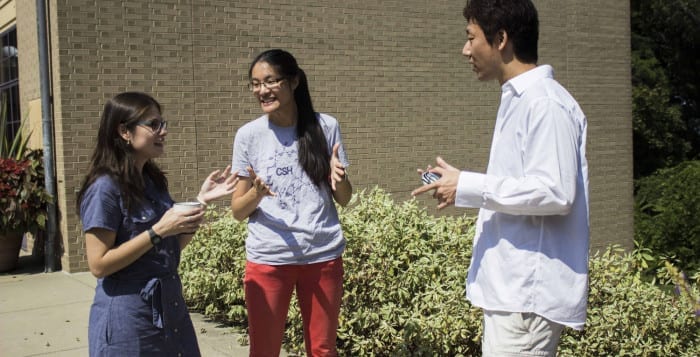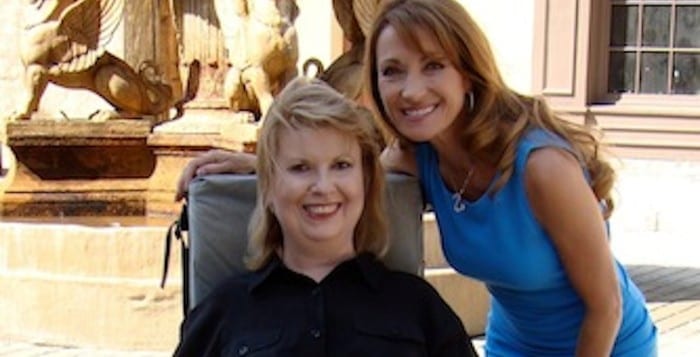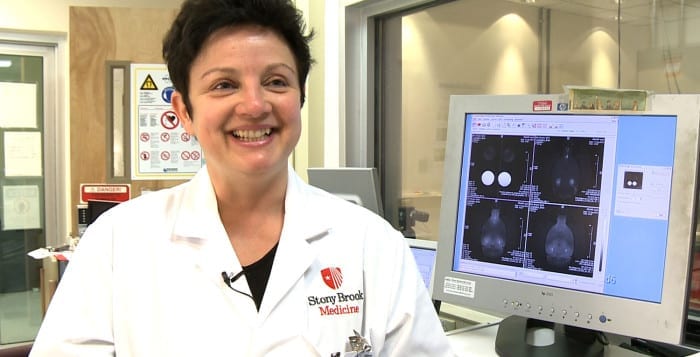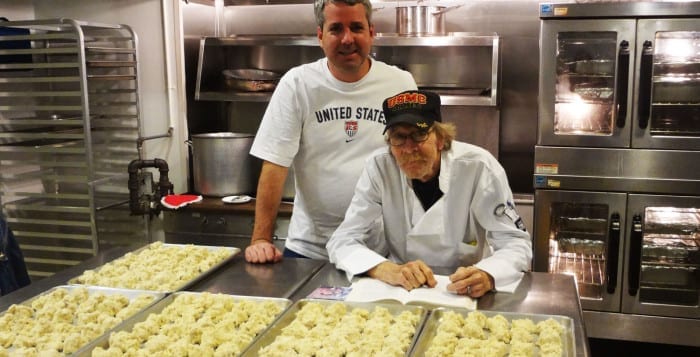When they work as they should, they become a part of a process that helps us remember the Amendments to the Constitution, the Pythagorean Theorem, or the words to a love poem by Elizabeth Barrett Browning. When they don’t work correctly, we can run into all kinds of problems, some of which can get worse over time.
The N-methyl-D-aspartate receptor, also known as the NMDA receptor, which has parts that are bound in the membrane of brain cells, or neurons, is at the center of learning and memory.
Up until last year, only parts of the NMDA receptors sticking out of the membrane were known. A lack of a three-dimensional understanding made it difficult to see how this receptor works. Hiro Furukawa, an associate professor at Cold Spring Harbor Laboratory, and his postdoctoral researcher, Erkan Karakas, provided considerably more structural details of this receptor.
“The structures of the full-length NMDA receptor that [Furukawa’s] lab generated last year are seminal,” said Lonnie Wollmuth, a professor in the Department of Neurobiology and Behavior at Stony Brook University and a collaborator with Furukawa on other work. “They are fundamental to understanding how the NMDA receptor operates and how it can be modified in the clinic.”
Wollmuth suggested Furukawa has an “outstanding” reputation and said the structure of the receptor will “drive the field in new directions.”
Furukawa cautioned that scientists are still missing a structural understanding of a piece of the receptor that protrudes into the cell. Seeing the structure of this receptor will “provide clues for developing new compounds and for redesigning existing compounds to minimize side effects associated with nonspecific targeting,” Furukawa explained.
When NMDA receptors open, sodium and calcium ions flow into the cells. Too much calcium in the cells can cause toxicity that results in the neurodegeneration observed in Alzheimer’s disease and injuries related to strokes. Changes in the concentration of these ions can excite the neuron and cause symptoms such as epilepsy.
Seeing the structure of this receptor can provide a road map to find places on it that can become too active or inactive. Researchers typically look for binding sites, where they can send in a drug that can affect the function of the receptor. The more binding pockets scientists like Furukawa find, the greater the opportunity to regulate the NMDA receptor function.
Furukawa’s lab includes two graduate students, four postdocs and a technician. He is collaborating with scientists at Emory University to design and synthesize novel compounds based on the protein structures. As he gets more research funding, Furukawa would like to add more expertise in bioinformatics, which involves using computer science and statistics to understand and interpret large collections of data.
Experts in this field can go through a database of compounds quickly, enabling scientists to conduct the equivalent of thousands of virtual experiments and screen out candidates that, for one reason or another, wouldn’t likely work.
Furukawa is also studying autoimmune disorders in which immune cells attack these important receptors. One of these diseases is called anti-NMDA receptor encephalitis. Susannah Cahalan wrote an autobiographical account of her struggle with the disease in a New York Times Best Selling Book called “Brain on Fire: My Month of Madness” in 2012.
Furukawa is collaborating with a group at the University of Pennsylvania to find a way to detect the autoimmune antibodies that causes encephalitis. He is working to find a way to quench autoimmune antibodies for an anti-NMDA receptor.
Furukawa lives in Cold Spring Harbor with his wife, Megumi, who used to be an elementary school teacher but is now taking care of their sons Ryoma, 7, and Rin, 4.
Furukawa, who moved from Japan to Boston in fifth grade, then back to Japan for junior high school and finished high school in Missouri, is enjoying an opportunity to grow his own vegetables on Long Island.
As an undergraduate at Tufts, Furukawa was more interested in international politics and economics than in science. When he took chemistry and physics classes, he said the work “clicked comfortably” and he wound up majoring in chemistry. As an eight-year-old, he recalled watching the stars at night through a telescope. When he saw a ring of Saturn for the first time, he was so excited that he couldn’t sleep.
Furukawa’s colleagues appreciate his dedication to his work.
“He is certainly driven,” said Wollmuth. “He is in an extremely competitive field, so he must work efficiently and hard.”










